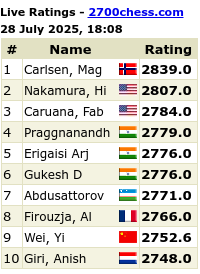If this book were truly representative of "the once-secret Russian method of chess training" no Soviet player would ever have become a grandmaster in the entire course of chess history. This book simply does not live up to the hype. Keep in mind as you read the following that according to the authors the alleged goal of these books is "to provide the knowledge necessary to reach expert strength." Nobody is going to achieve a rating anywhere remotely near expert strength using this book.
My complaints are numerous:
[1] These books violate the basic tenet to know your audience. The material oscillates between being absurdly simple for the alleged target audience to being absurdly unclear. For example, at one point they explain what a pin is. Elsewhere, they provide a complicated example from the Fischer-Spassky 1972 match with absolutely no commentary.
[2] The examples are too sparsely commented (an obscene number of them have no comments at all) to be of any use to a serious student trying to learn from them. As just one ridiculous example, page 180 contains a 19-move analysis with a single comment ("now follows a beautiful variation"); well, thanks, that was very useful. The famous game Lasker-Bauer, Amsterdam 1889, merits a comment on only one move as well.
[3] Many of the examples are downright useless, consisting as they do of a single move. That this book would have any one-move examples boggles my mind. We are given no indication of how the position was arrived at or how the magical move (1. Qa7!!) was decided upon or even why it merits two exclamation points.
On page 14, the authors write, "When studying lessons on tactics, pay close attention to both the means and circumstances that give rise to forced play." Yeah, that's what I thought I was reading this book for. Unfortunately, anyone looking to this book to learn this stuff will go away disappointed. Alburt & Palatnik clearly do not have the ability to teach tactics to their target audience. The book consists of vague generalities illustrated with examples of dubious instructional value.
The bottom line is -- if you are rated below 1600, you will not learn anything from Alburt & Palatnik; try Jeremy Silman's or Yasser Seirawan's books instead. If you are rated above 1600, you will not learn anything from these books either; try Dvoretsky's well-respected books (either the five books of the Dvoretsky-Yusupov school or Dvoretsky's more recent 4-volume School of Chess Excellence series).
Subscribe to:
Post Comments (Atom)

No comments:
Post a Comment